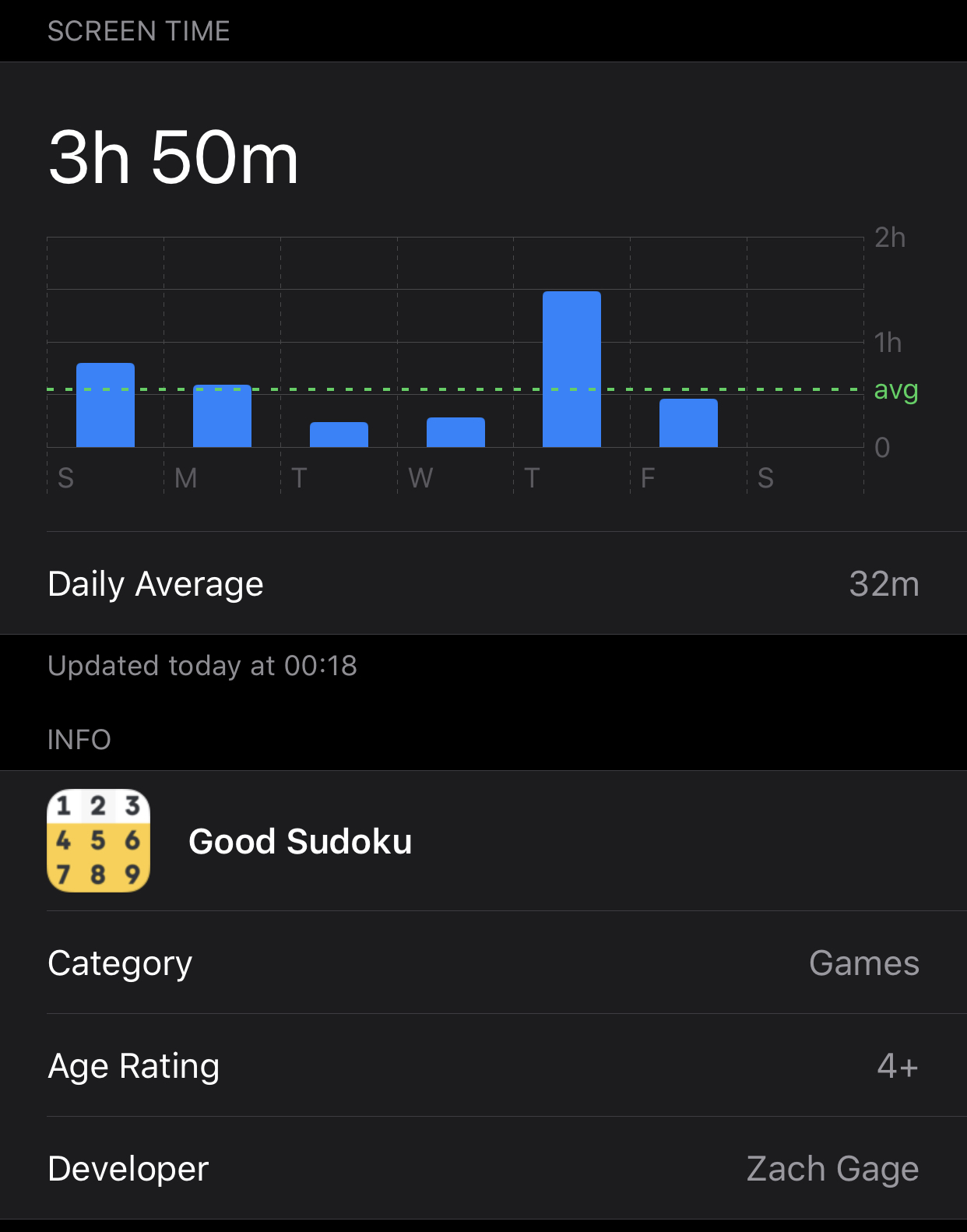The Joys of Being an Absolute Beginner – For Life
Over the last few months, I have been thinking a lot about learning, especially in this last year when there was so much time to just think.
I really liked this piece in The Guardian by Tom Vanderbilt. As I read through it, it hits the right notes for me about (adult) psychology, human behavior, the desire to learn and overcoming inhibitions.
Like the author, I have wanted to learn how to play chess well for a really long time, but haven’t gotten around to it. Similarly, I struggle to follow through on learning Mandarin, despite having made a few attempts over the years. Most recently, I have realized I want to learn how to ski.
This excerpt will stay with me for a long time:
Learning new skills also changes the way you think, or the way you see the world. Learning to sing changes the way you listen to music, while learning to draw is a striking tutorial on the human visual system. Learning to weld is a crash course in physics and metallurgy. You learn to surf and suddenly you find yourself interested in tide tables and storm systems and the hydrodynamics of waves. Your world got bigger because you did.
I’ll be a student for life, yes.

